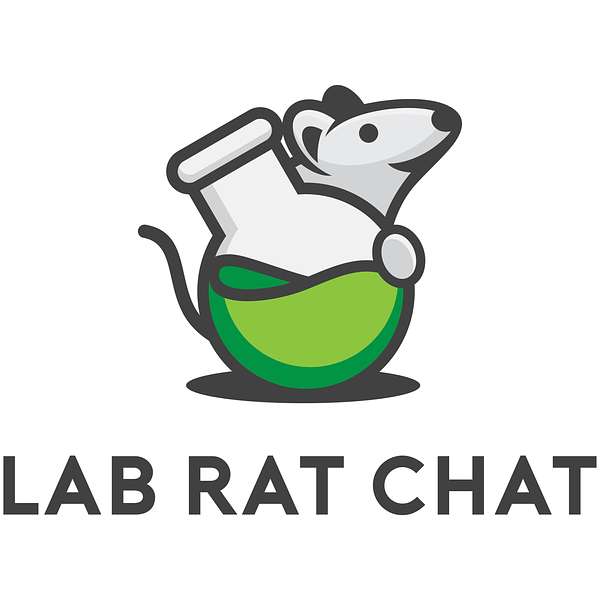
Lab Rat Chat
Lab Rat Chat
14. Squirrel Monkeys and Hepatitis B
Lab Rat Chat - Episode 14 with Dr. Christopher Chen from Texas Biomedical Research Institute
Help us out by leaving us a rating or review on iTunes | Stitcher - we might even read your review on our next episode!
In this episode of Lab Rat Chat, Danielle and I talked with Dr. Christopher Chen, Southwest National Primate Research Center Assistant Director for Research Support at Texas Biomedical Research Institute. We had an interesting conversation about his lab’s recent development of a new incredible animal model in the squirrel monkey, for the purpose of studying Hepatitis B. In this episode you’ll learn everything you need to know about Hepatitis B and the important ongoing research working toward cures and treatments for this disease.
Topics discussed in this episode:
- Dr. Chen’s extensive background and experience throughout his education and career.
- Hepatitis B background information, including what it is, what it does to the body, how long the disease can last, and much more.
- The storied history of hepatitis B and C research, including the development of a vaccine for hepatitis B and a cure for hepatitis C, at Texas Biomedical Research Institute.
- The process of developing a squirrel monkey animal model for hepatitis B research and why the squirrel monkey makes for such a great model.
- Future directions for hepatitis B research now that the squirrel monkey model has been developed.
Notable quotes:
“The goal is to find some related monkey to wooly monkeys that would support the infection of this wooly monkey HBV chronically, so squirrel monkeys are closely related, and they have conserved residues of other receptors.”
“Took the viral genome from wooly monkey HBV and inserted into another virus that infects the liver quite readily, it’s called adeno-associated virus…we essentially gutted the adeno-associated virus genome and replaced it with this wooly monkey HBV genome and that allowed us to get the virus to very readily infect the liver cells of the squirrel monkey, and once it was in the liver cells, it would naturally replicate and you would get wild-type wooly monkey HBV being produced.”
Follow us on Twitter! Facebook! Instagram!
https://twitter.com/thelabratchat
https://www.facebook.com/labratchat
https://www.instagram.com/thelabratchat
Sign up for the Lab Rat Chat newsletter!
https://www.amprogress.org/raising-voices/lab-rat-chat/
Resources & Links:
- Texas Biomedical Research Institute (https://www.txbiomed.org/)
Follow us on Twitter! Facebook! Instagram!
https://twitter.com/thelabratchat
https://www.facebook.com/labratchat
https://www.instagram.com/thelabratchat
All Lab Rat Chat episodes are edited by Audionauts: https://audionauts.pro/